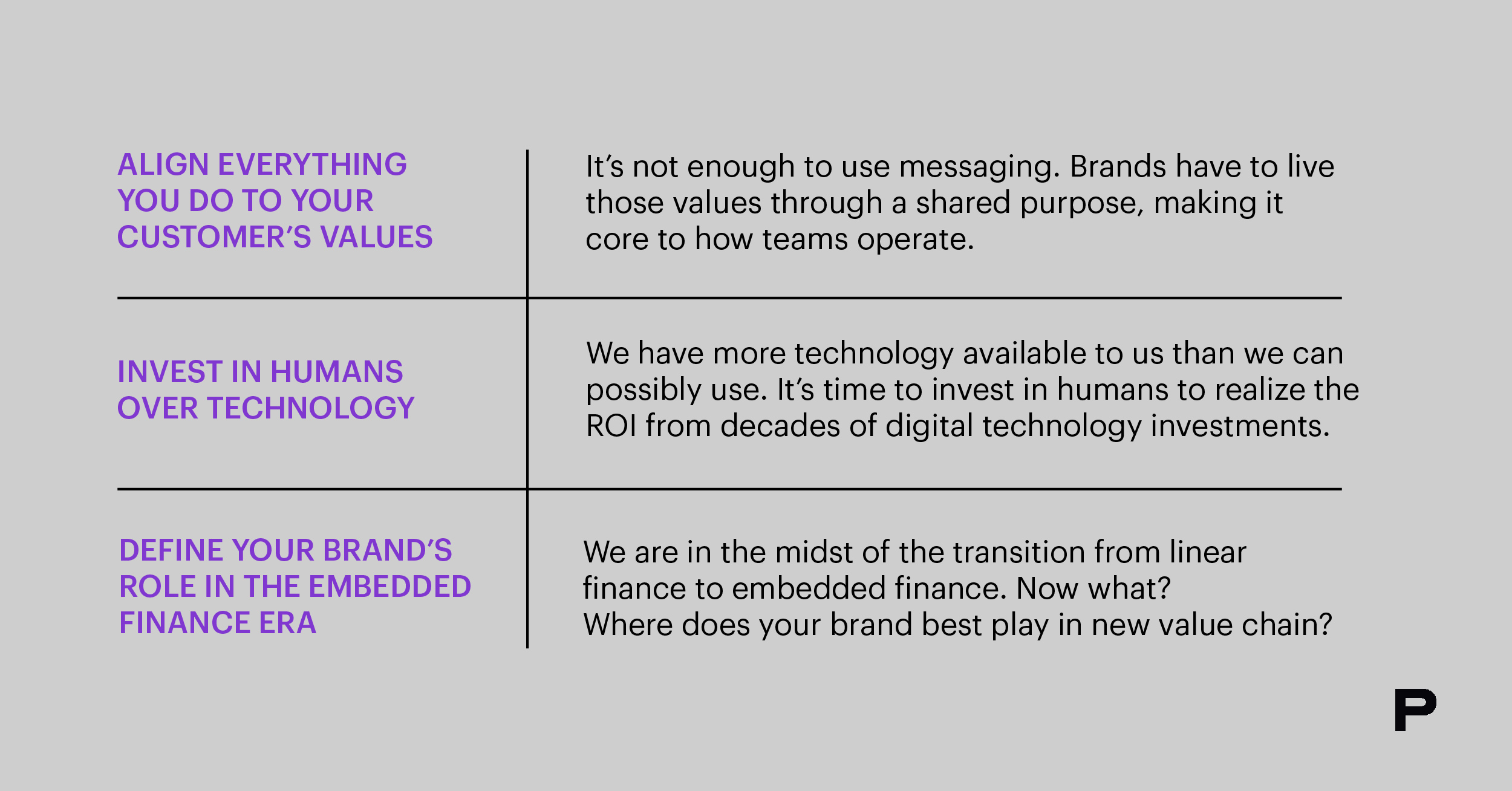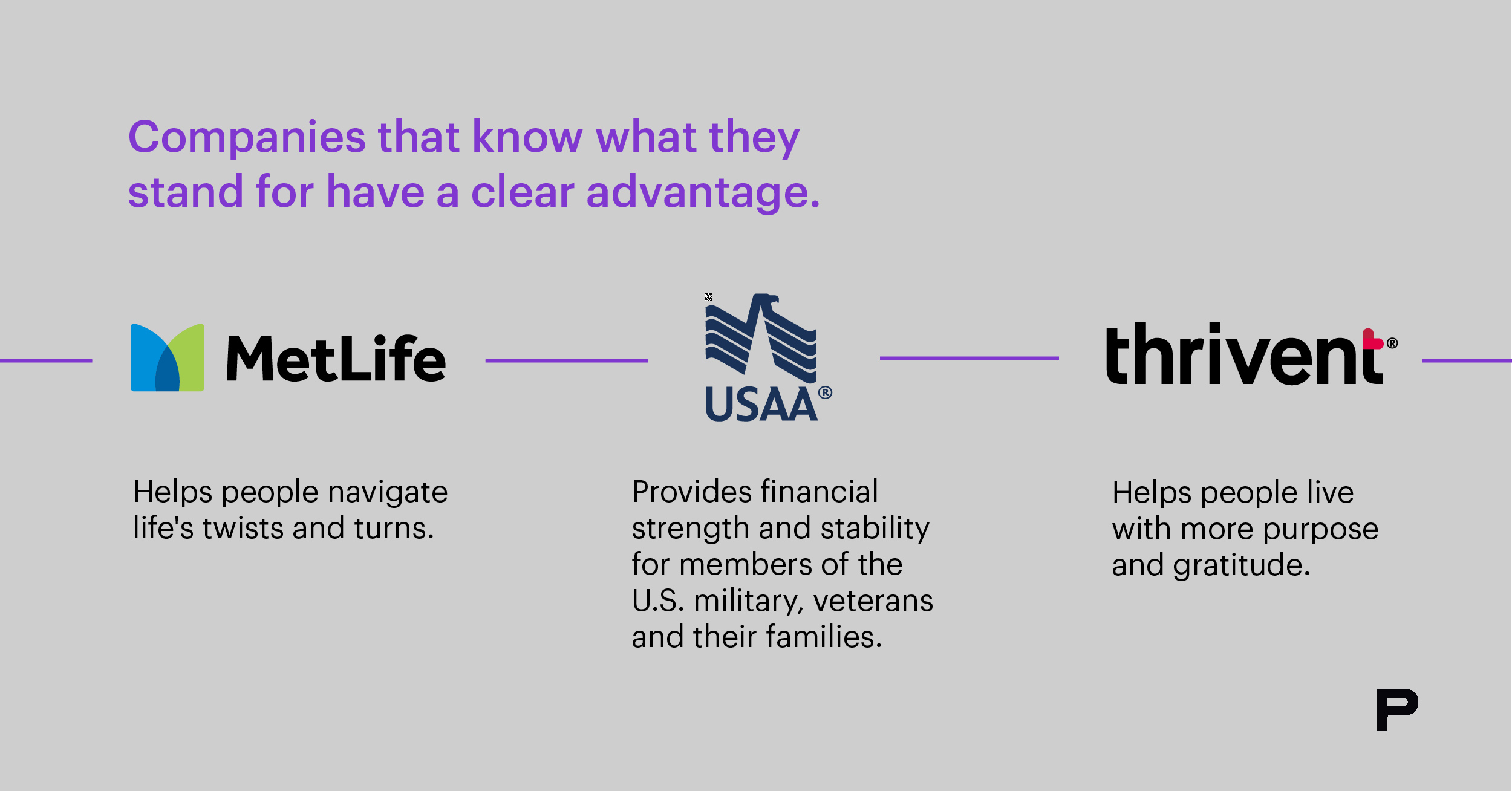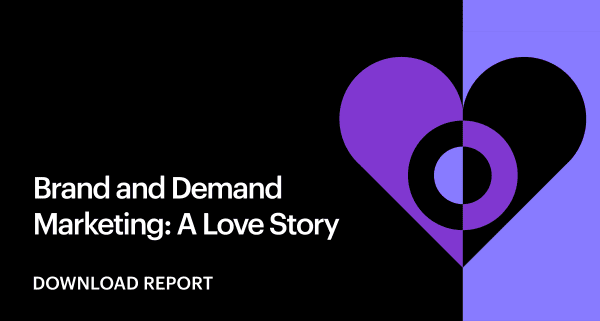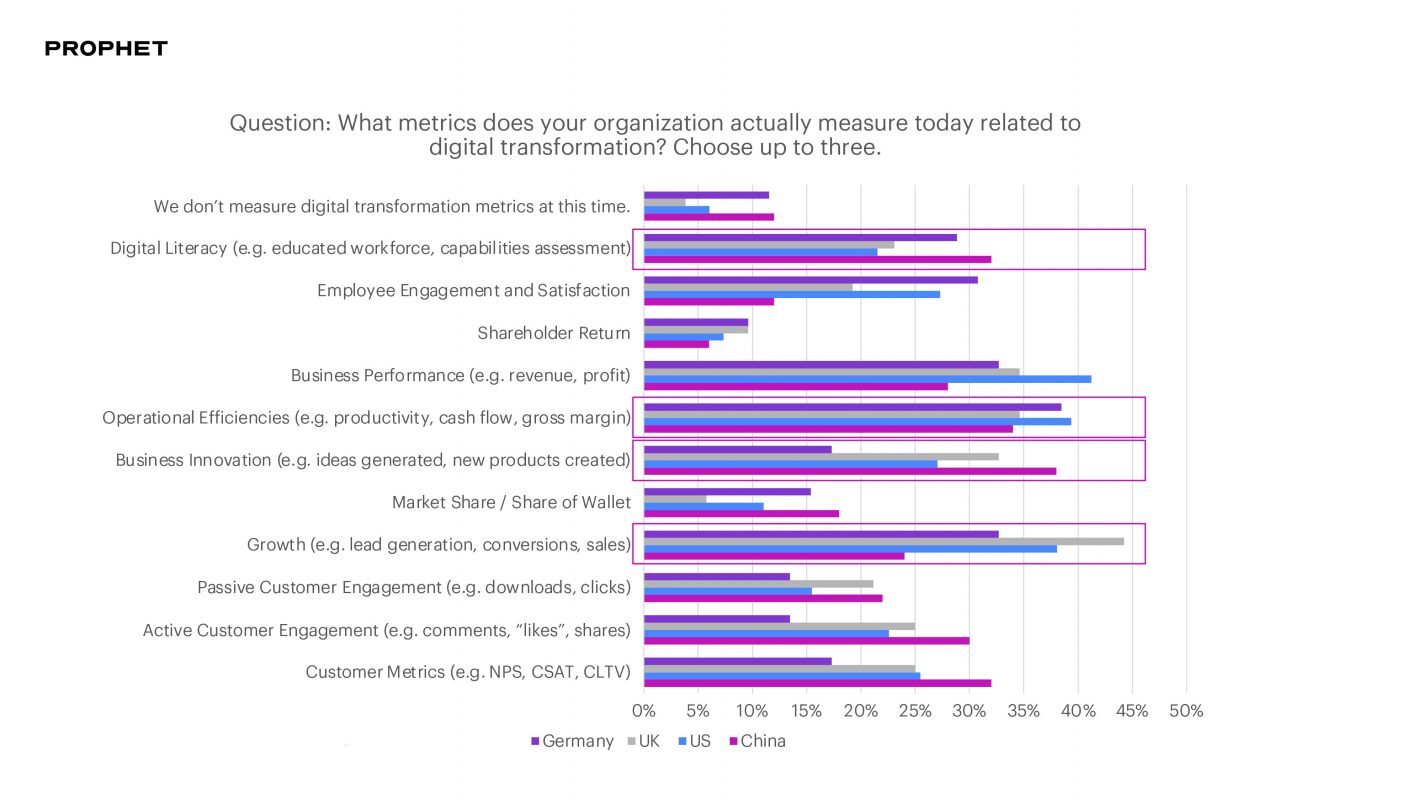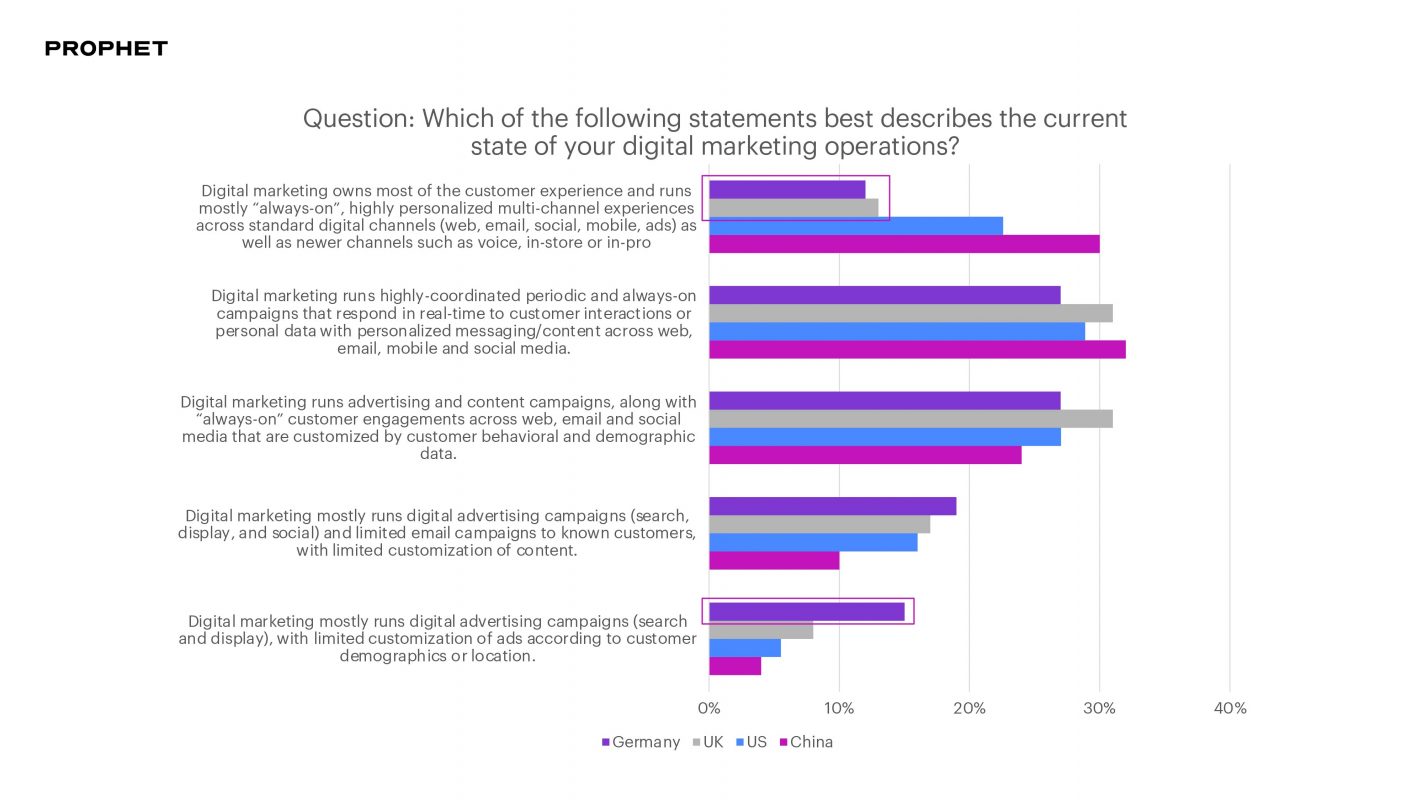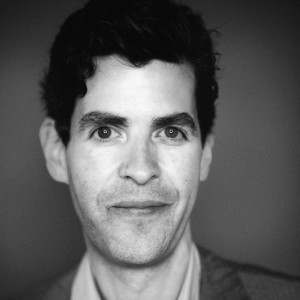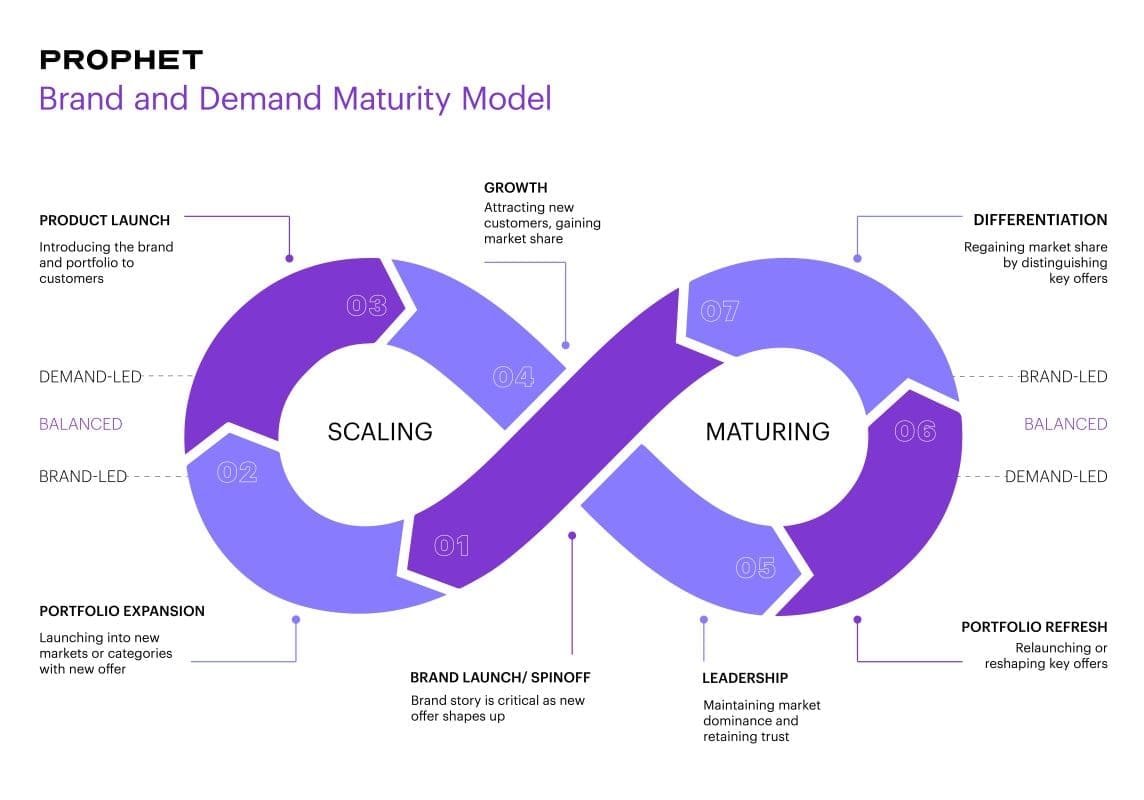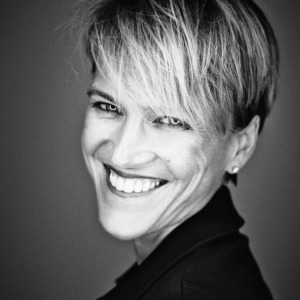BLOG
How Does an Economic Downturn Impact Your Transformation?
When recession fears increase, companies usually pull back. However, the smart ones know that navigating turbulence builds resilience and exposes growth opportunities.
News that global markets are either in or inching toward a recession is creating uncertainty, causing many companies to consider pausing or reducing transformation initiatives. However, history has shown that challenging economic times can often lead to the urgency that stimulates profound innovation.
For decades, recessions have accelerated change and given birth to giants. Some examples include Hewlett Packard and Hilton in the 1950s; Microsoft in the ‘70s; and new economy brands like Uber, WhatsApp, Venmo, Instagram, Airbnb, Slack and Dropbox all roared into life during the Great Recession, which began in 2008.
New platforms and operating models–from the sharing economy to subscription models to crypto–rise in times of uncertainty. And legacy companies may have a competitive advantage if they have the right components in place. These unpredictable markets offer unexpected opportunities for established companies. Consumers develop new needs and behaviors causing competitors to change tactics and reveal new white space opportunities.
We’re not saying it’s easy to shift course to address these changes, but those ready to step up to the challenge often find exceptional growth, even when competitors struggle.
Incumbents can significantly capitalize on this advantage if they start to act more nimbly, leveraging their strengths and leaning into risk. In many cases, consumer trust in their brand proves invaluable, giving legacy companies permission to capitalize on new consumer behavior with new business models.
Organizations that have already started transformation efforts have a clear advantage. Many that were proactive during the pandemic have positioned themselves in a way that increases their chances in achieving new growth. This is especially true as they emerge from the downturn. But these organizations will need to address the scope and renewed urgency of change within this market by meeting it head-on and accelerating their transformation. Recessions alone are transformational – altering the economy, consumers and the competitive landscape. Just as the pandemic required adapting to new ways of shopping, working and doing business, this new terrain will undoubtedly bring its own paradigm shifts.
While accelerating is crucial, the environment transformation leaders currently face is rife with risk. Leaders need to unlock ways to confidently readjust their transformation strategy and approach.
The challenge to not only transform, but to do so at an accelerated pace in a down economy, requires a new approach. Mike Leiser, Prophet’s chief transformation officer, recommends leaders take a uniquely human view through the lens of our Human-Centered Transformation Model. This model requires a shift in thinking that will help organizations unlock and accelerate transformation.
“Businesses don’t change,” he tells us. “People change, and people change businesses.”
This is particularly true for legacy companies. They often have the capacity to fund transformation but need to overcome significant obstacles, including older operating models and antiquated talent incentives. We suggest starting with some hard questions about each interrelated dimension.
Organizational DNA Focus on Core Transformation Strategies and Driving Near-Term Value

Consumer needs and behaviors are dramatically different than those pre-pandemic, and it’s unclear how today’s inflation and rising interest rates will affect them over the next down cycle. These fundamental shifts will require leaders to evaluate their transformation priorities and roadmaps. However, with all areas of corporate spending increasingly under the microscope, transformation leaders will be called to show immediate impact and results. Very few companies will have the luxury of thinking in long-term “moon shots”, prevalent in stronger economies.
To get a better sense of potential changes, Prophet reached out to several experienced transformation leaders who have weathered the storm of a past recession. One such veteran is Stephen Crowley, former SVP of ATM technology & operations at Bank of America, who found himself in the eye of the financial crisis in 2008.
Crowley explained that, at the time, ATM and check depositing was still a modest business. But when it transformed toward digitizing 25% of all checking deposits, the effort became a massive, yet pivotal play to differentiate itself from other banks. The company radically accelerated its timeline, moving up goals and pouring support into an entirely new way of operating ATMs and check processing centers.
He shared his key lessons in connection with successfully doubling down on the vision:
- If you want to focus on the business case around transformation in this economy, concentrate on customer experience–people can defect quickly in a downturn. For Crowley, that required standing in front of a thousand ATMs to watch customers make deposits.
- Think about what kind of paradigm shift is happening and what’s transformational about the process itself. From a timing perspective, Bank of America was positioned to succeed where others had previously failed because smartphone technology had caught up to facilitate the transformation.
Questions to Help Clarify Transformation Strategy:
- How are customer and employee behaviors shifting? Spending habits? Lifestyle changes? Priorities?
- Are competitors creating new growth opportunities that fall under our North Star? Are there opportunities to divest non-core businesses?
- Is there a compelling business case, measurement and governance model for the transformation strategy as costs are being cut? Will this transformation help drive growth during a recession? And beyond?
- Given market changes, are the transformation vision and roadmap still relevant? Can it be executed faster?
Organizational Mind and Body: Manage the Skillsets and Muscles Required for Change
Within this environment of unknowns, it’s critical to understand how organizations will continue to drive momentum on transformational initiatives. That’s where the mind–the skillsets–and body–the operating model to support transformation–come in. In doing so, it’s essential for leaders to go beyond just thinking about processes for transformation.
Leaders must understand their organization’s aptitude for change, which requires addressing past successes, underlying culture and the values that are going to introduce agility – particularly as leaders seek to accelerate transformation in this down market.
Many organizations are already on this path, thanks to the pandemic. In a matter of months, they provided their workforces with new flexibility and upskilled them with digital collaboration tools, maintaining and even increasing productivity. Many organizations also expanded digital and online capacities to strengthen customer relationships and reconfigure supply chains. They did this by leaning into change and building organizational muscle. These organizations now know–as do their employees–that they can get through the storm and thrive. It gives them the confidence to do more in this environment, although the demands for organizational change will continue to evolve.
In an uncertain, cost-sensitive market, leaders need to encourage unexpected, rapid solutions. Therefore cross-organizational collaboration is essential fuel for accelerated transformation, allowing leaders and teams to break down silos to creatively build new solutions for value – giving them the ability to do (exponentially) more with less.
While this is still a challenge for most companies, our recent research finds that the more organizations promote this cross-functional work, the more successful they are. Employees see themselves as more productive and value the personal and professional growth that collaboration brings.
Secondly, the organizational mind needs to be primed to succeed amid risk, especially in a recession. “When you reward employees for healthy risk-taking, there’s a willingness to try new things,” says Matthew Perry, former vice president of foodservice sales at Kellogg Company. This pro-risk perspective allowed Perry to establish notable food product innovations during the Great Recession – many of which developed from rapid ideation and experimentation.
Perry believes succeeding in a down market requires empowering the workforce with new skillsets and growth opportunities. There are some clear actionable “mind” focused areas organizations can address to ensure employees are able to weather a down market environment:
- Reward employees with healthy risk-taking and willingness to try new ways of solving problems. This will be a stretch for some who might not be suited to this environment, but, with the right support, many will be more willing to try.
- Empower your workforce with new skillsets and personal growth opportunities that directly relate to the transformation at hand, making their role more relevant and connected to it. Additionally, make it clear that these skills encourage personal growth no matter what the ultimate outcome is. This is especially meaningful in tough times.
- Encourage employees to lean into collaborative and cross-disciplinary teamwork. This speaks to the “body” and allows teams to action and accelerate transformation. When the environment demands that all leaders do more with less, encouraging employees to lean into collaborative, cross-disciplinary teamwork is a win-win.
Questions to Build the Organizational Mind and Body:
- Do structures support transformation in an uncertain and fast-changing environment?
- What skills do we need to get where we need to be?
- Are teams and employees empowered to collaborate quickly to produce unexpected solutions in the face of market challenges?
- Where can more agility, integration and experimentation be encouraged? How are hybrid work policies helping or hindering collaboration?
- How are employees rewarded for actively stretching skillsets? For taking risks?
Organizational Soul: Design Communication for Intentional Motivation, Connection and Comprehension
Employees are every organization’s greatest resource. Teams who embrace and thrive during tumultuous times are key to transformational momentum. That’s why tracking and managing morale around transformation efforts is essential–the entire workforce is paying attention to what leaders say and what they do.
The past several years of change have often left employees too cynical to believe in transformational efforts. Couple this with informal information, and rumor mills go into overdrive, often based on real fears. “Will there be layoffs? Am I safe here?” It creates a significant barrier to realizing transformational goals.
Communication is the best tool to emotionally manage change and build morale. We’ve found it’s essential to provide clear, consistent communication about the strategy, and it’s also important to honestly and transparently report how the transformation is going. Most of all, leaders must acknowledge all the people impacted by the change. Employees should feel connected and a part of it all. Taken together, this builds a culture of resiliency.
Prophet’s recent research reveals a common trend: Accelerating transformation requires a motivated workforce with democratized decision-making. Leaders need to lean on mid-level and junior-level employees more heavily, meaning morale needs to be nurtured more carefully.
Deepak Agarwal chief information officer at the School District of Palm Beach County, Florida, shares that leading the digital transformation of a 27 thousand employee school district wouldn’t have been possible without an emphasis on strong communication. From 2008 to 2012, thousands of employees needed to adopt an entirely new set of operational and educational tools. He believes that the COVID-19 era has created a greater need for communication.
“Leaders need to ask how they can make employees’ work and lives better as they support and adopt transformation initiatives,” he says.
Agarwal sees three interrelated ways he successfully motivates colleagues and teams:
- Leaders must provide strong communication systems and clear messaging about what changes are happening and when. Doing so will help employees engage during transformation.
- Create better knowledge management systems to educate employees and train them.
- Give employees better feedback tools so leaders can monitor how employees are feeling about the change.
This approach allows employees to feel valued, valuable and motivated to drive transformation forward.
Questions to Inspire Morale:
- How well are transformation messages getting through? How thoroughly do all employees understand progress reports?
- What is the process for making shifts in messaging when required?
- What can leaders do differently to strengthen the purposeful connection between employees and the transformation?
Learn how to turn up your business in a downturn economy with Prophet’s Transformation Training.
Over the course of a one-day session, our team of Transformation professionals will evaluate your organization’s readiness for innovation and uncover near-term opportunities to accelerate your growth.
Please contact Kristen Groh, senior transformation partner, to host a Transformation Training with your team today!
FINAL THOUGHTS
As leaders look ahead to the next year, they will need to acknowledge that the latitude for risk is narrowing. Although nothing is certain, applying a Human-Centered Transformation Model allows leaders, particularly incumbents, to be more precise about their transformation. Transformations do pose risks, but there’s also a cost to failing to transform. Changing markets and customers require organizations that change, too. And those that transform effectively will achieve new growth and win against the competition.





